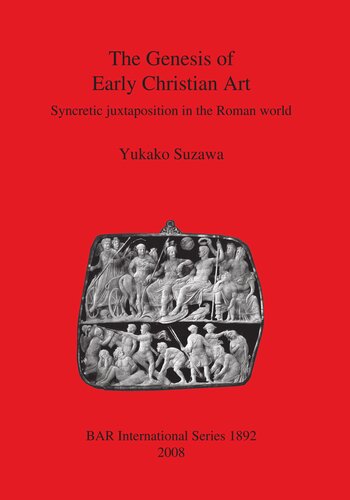

Most ebook files are in PDF format, so you can easily read them using various software such as Foxit Reader or directly on the Google Chrome browser.
Some ebook files are released by publishers in other formats such as .awz, .mobi, .epub, .fb2, etc. You may need to install specific software to read these formats on mobile/PC, such as Calibre.
Please read the tutorial at this link: https://ebookbell.com/faq
We offer FREE conversion to the popular formats you request; however, this may take some time. Therefore, right after payment, please email us, and we will try to provide the service as quickly as possible.
For some exceptional file formats or broken links (if any), please refrain from opening any disputes. Instead, email us first, and we will try to assist within a maximum of 6 hours.
EbookBell Team

4.3
48 reviewsIn this wide-ranging study of the beginnings of Christian art, the author takes as her starting point the question of positive assimilation between Christian and non-Christian images in early Christian art. This study attempts to determine whether the theological term of syncretism can be appropriate to the study of early Christian art. During her study of the genesis of early Christian art, the author became aware that her attitude toward the notion of syncretism differs from most of the existing literature on early Christian art history and architecture. Some scholars have avoided using the notion of syncretism, and some have used it pejoratively to describe a mish-mash of religions, perhaps taking their cue from the doctrinal discussion of the term by the Church itself. In contrast, in the literature of the history of Japanese religions and art, religious synthesis has been referred to as 'syncretism,' and the term in that literature is defined as a blending of the ideas or practices of different religions that results in a unity of deities.